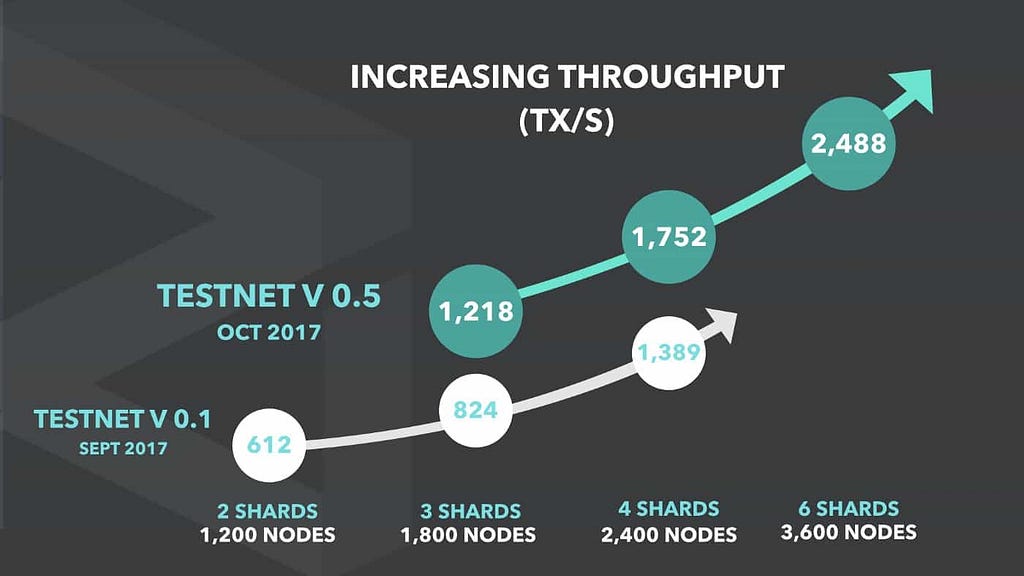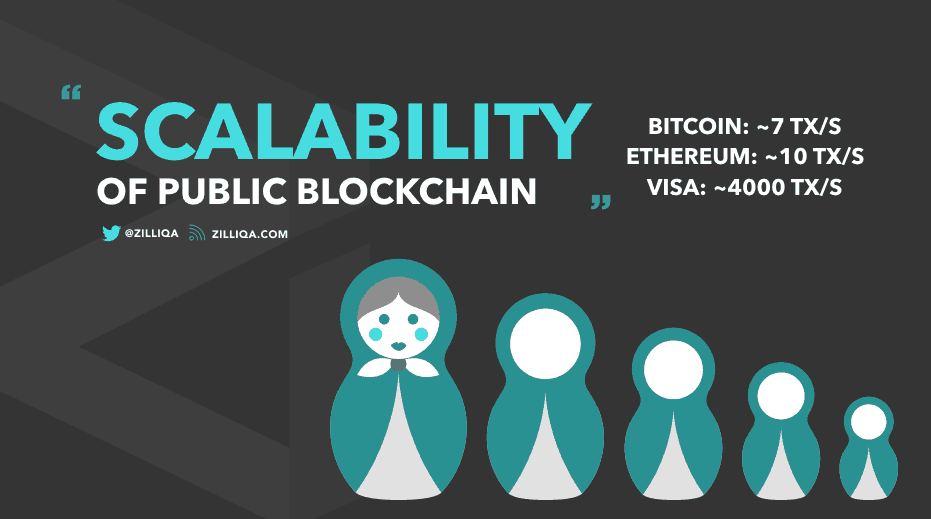Latest news about Bitcoin and all cryptocurrencies. Your daily crypto news habit.

Blockchain technology is poised for another breakout year, so much so that even its staunchest critics are backtracking on previously stated negative comments. However, one key challenge still remains — solving the blockchain scaling problem. Many solutions have been proposed, yet none have come to fruition.
As the number of blockchain transactions increases, blockchains are growing rapidly in size, resulting in slow transaction times. This is because the number of transactions a blockchain can digest never exceeds that of any of the network’s nodes. Blockchains become weaker as nodes are added to it, because inter-node latency logarithmically increases as each new node is added. Thus blockchains are unable to scale to process more transactions. Though cryptocurrencies continue to garner headlines, their lack of ability to compete with mainstream competitors like Visa in terms of transactions per second only becomes more apparent.
Enter Zilliqa, a blockchain-powered platform that is implementing network sharding to greatly increase transaction capability. The project started in June 2017 and plans to roll out its public mainnet by Q2, 2018.
Network Sharding, the Key to Zilliqa’s Platform
Zilliqa is one of the first blockchain projects to create an infrastructure for the sharding technique. In essence, sharding allows blockchains to break network nodes into smaller groups called “shards”. These shards work together in parallel in order to reach consensus and process transactions much more rapidly than a traditional blockchain network.
Each shard runs the consensus protocol, and a dedicated group aggregates the outputs from each parallel shard, reaching consensus. The result is that blocks of transactions are processed by individual but linked groups, allowing the transaction data to be merged to complete the full block. By dividing up the workload, the end result is the same, but data processing is faster and more efficient.
One unique feature of Zilliqa blockchain is that it implements the Practical Byzantine Fault Tolerance scheme (PBFT), which assumes that a portion of the network’s nodes are hostile. PBFT has every node verify transactions independently, then share the results in aggregate, thereby reaching consensus. Thus even an errant node cannot derail the network.
In order to secure the network and prevent a group of nodes from being the victim of a dedicated attack, Zilliqa will implement the Proof-of-Work protocol. In a recent blog post, the team noted, “Zilliqa will harness the security that comes from PoW and yet will reduce the associated energy footprint and make mining more profitable.”
More profitable mining and lower transaction costs
Another feature of the platform is that there is a constant mining cost per transaction. The platform is designed to scale linearly, so the ratio of mining cost to transactions processed is roughly held constant. In contrast, most public blockchains using PoW like in the case of Bitcoin or Ethereum expend more energy per transaction as the network grows. This is because the number of transactions processed per second remains constant regardless of the size of the network.
In the Zilliqa platform, low fees per transaction for end users but high combined fees for miners are expected. Zilliqa miners will be incentivized by the scalability of the blockchains. So even though the fees are constant, the sheer number of transactions processed per second will make up for lower fees per transaction.
Finally, let’s talk numbers
In their latest testnet trial run, the Zilliqa network was able to achieve an incredible 2,488 transactions per second using 6 shards and 3,600 nodes. For comparison, the Bitcoin blockchain frequently struggles to break the ten transactions per second threshold.
The team is confident that when the public platform is rolled out, the network will be able to process anywhere between 8,000 and 10,000 transactions per second with sufficient miner participation. That would be a higher potential throughput than Visa.
Scalability issues plague Blockchain technology. Meet Zilliqa. was originally published in Hacker Noon on Medium, where people are continuing the conversation by highlighting and responding to this story.
Disclaimer
The views and opinions expressed in this article are solely those of the authors and do not reflect the views of Bitcoin Insider. Every investment and trading move involves risk - this is especially true for cryptocurrencies given their volatility. We strongly advise our readers to conduct their own research when making a decision.


